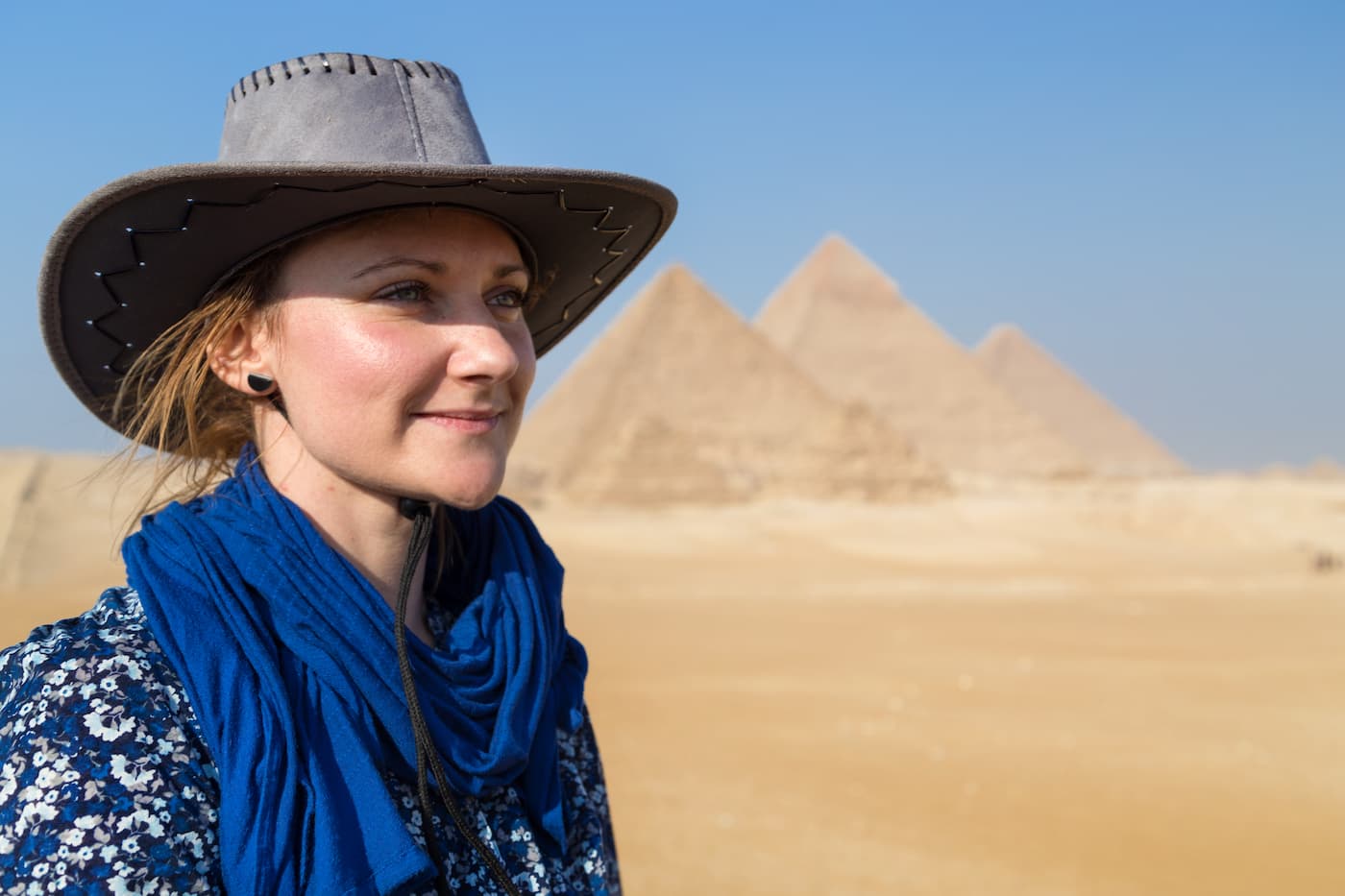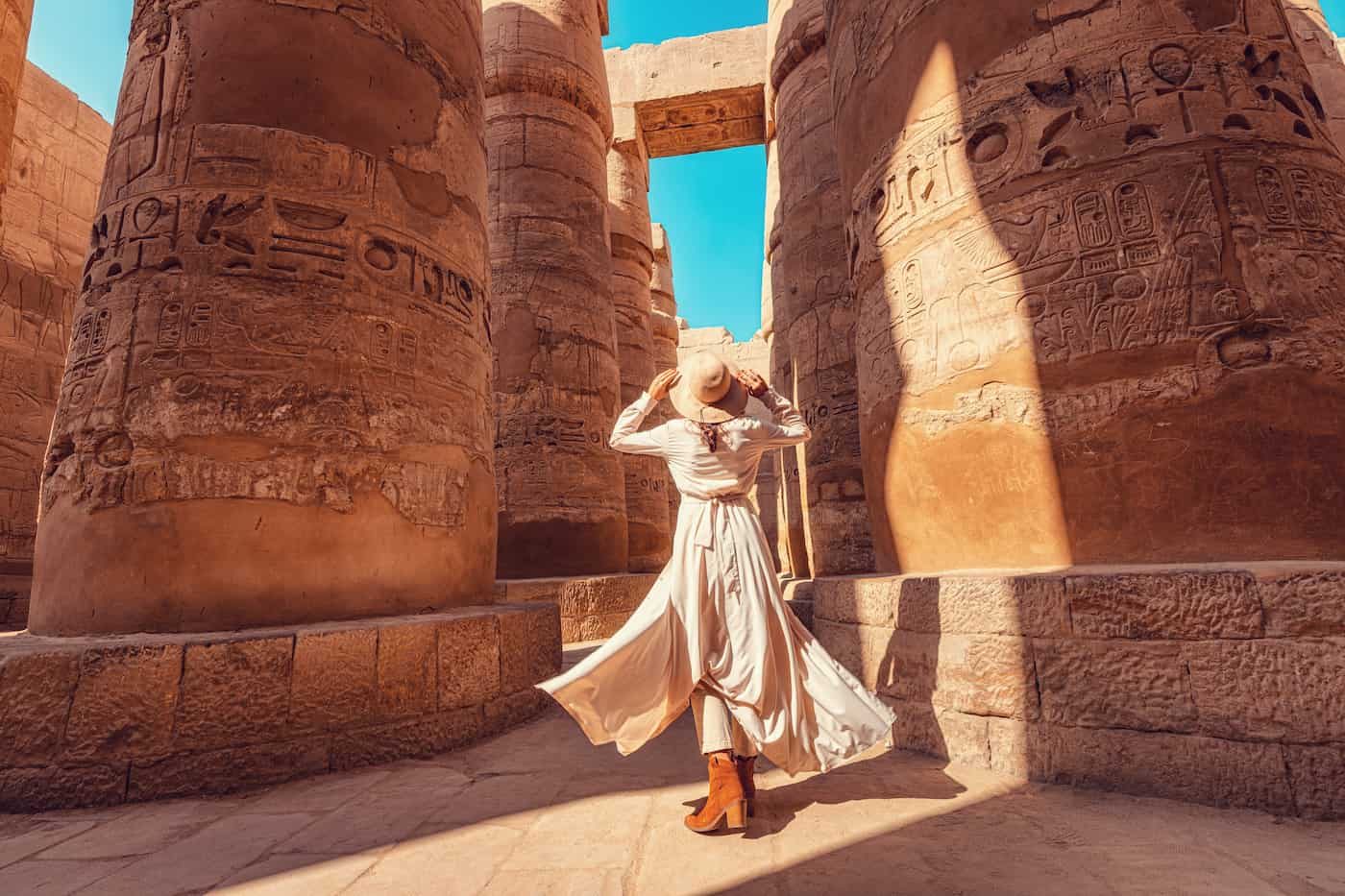King Merneptah
Family of King Merneptah
Isetnofret I and 10 Important Facts About King Ramses II most certainly had a fourth child, who is name Merneptah. When he became pharaoh, Isetnofret II, who was most likely his full sister or niece, would become his Great Royal Wife. Merenptah and Seti, at least two sons, and Twosret, a daughter, were their offspring. Twosret was Seti’s Great Royal Wife when he rose to power; she would later succeed him as pharaoh. Amenmesse’s mother Takhat might have been a minor monarch.
Military expedition

During his reign, Merneptah had to conduct a number of military operations. In the fifth year of his rule, he engaged in battle with the Libyans, who, helped by the Sea Peoples, were posing a threat to Egypt from the west. At the city of Perire, most likely situated on the western side of the Nile delta, Merneptah commanded a successful six-hour battle against a combined Libyan and Sea People force. On a wall next to Karnak’s sixth pylon.
He writes a literary narrative of this campaign against the Sea Peoples and the Libu. beginning of his majesty’s victory in the homeland of Libby Ekwesh, Teresh, Lukka, Sherden, Shekelesh, and northerners from all over the world. In the inscription, Merneptah learns of the assault later on. The third season reads. He has arrived at the western frontier in the fields of Perire with his wife and children leaders of the camp. His majesty was “enrage at their tale, like a lion,” according to an inscription on the Athribis Stele, which is currently in the Cairo Museum’s garden. He gathered his court and delivered a stirring speech. Later, he had a dream in which Ptah handed him a sword and commanded him to “take it and banish the fearful heart from thee.
According to the inscription, he repulsed the invasion by seizing 9,000 prisoners and killing 6,000 men. The history reveals that the Ekwesh were circumcised, which led some to question their Greek ancestry. He took the hands of all the circumcised and the penises of all uncircumcised enemy corpses to make sure of the numbers. The same events are also describe in a poem from the Merneptah Stele, also know as the Israel Stele, which mentions the quelling of uprisings in Canaan and alludes to Israel’s purported total destruction in a campaign in Canaan before his fifth year.
Israel has been wiped out its seed is no more. This is the first established evidence from ancient Egypt that Israel existed—”not as a country or city, but as a tribe” or people. Merneptah’s brag about his assault against the Canaanites is confirmed by a recently discovered enormous layer of flaming devastation.
Achievements of king Merneptah
Victory Stele of King Merneptah

The back face of this stele made of grey granite was reuse by King Merneptah, the twelfth son and succeedor of King Ramesses II. King Amenhotep III first erected the stele at his funeral temple on the west bank of Thebes.
The winged sun disc and Merneptah cartouches surround the face’s spherical top, which is separated into two sections. Each segment depicts King Merneptah in front of the god Amun-Re, then the other members of the Theban triad the goddess Mut on the left, the god Khonsu on the right. And finally the god Amun-Re. A 28-line hymn that is located beneath this image celebrates Merneptah’s triumph over the Libyans in his fifth year as king.
Merenptah mentions several things that he had conquered in the hymn’s last strophe. Hieroglyphic writing with the name Israel appears in the middle of line 27 of this document.
Like other places named on the stele, the name alludes to the people rather than the state. There is no proof to support the theory that this ruler is the pharaoh of the Exodus, although the presence of this word suggested as much to some researchers.
Flinders Petrie found the stele in 1896 at the Temple of Merneptah in West Thebes. now in Cairo’s Egyptian Museum.
Israel stele
The Israel Stela, also known as the Merneptah Stele, is a rock slab that was discover near Thebes, Egypt, in 1896. At the temple dedicated to Pharaoh Merneptah, the monument was discover exactly where it had once stood in ancient Egypt.
Karnak stele
On the west bank of the Nile, in Thebes, the old capital of ancient Egypt, the stele was found in Merneptah’s shrine of recollection. On the other bank stands the Temple of Karnak, the site of the fragmentary facsimile.
Mummy of king Merneptah

Merneptah reigned for more than ten years before dying of arthritis and atherosclerosis as an elderly man. The Valley of the Kings‘ KV8 was Merneptah’s initial tomb, although his mummy has never been found there. Along with eighteen other mummies, it was one of the mummies Victor Loret found in the mummy hoard. He found in the tomb of Amenhotep II (KV35) in 1898.
On July 8, 1907, Merneptah’s mummy was finally open after being carry to Cairo. The body is that of an elderly man and measures 1 metre 714 millimetres tall. With only a thin fringe of white hair remaining on the occiput and temples. While Seti the Great’s skull and facial proportions are more similar to those of Ramesses II. The overall form of the face is evocative of Ramesses II.
The mummified remains of Mereneptah were among the skeletal bones and crania of New Kingdom pharaohs. That underwent a series of X-ray tests in 1980 by James Harris and Edward F. Wente. In general, the study discovered striking parallels between Mesolithic Nubian samples. And the New Kingdom kings of the 19th and 20th Dynasties.
The scholars noticed similarities to contemporary Mediterranean people with Levantine ancestry. Because the Rammessides were of northern provenance, Harris and Wente hypothesised that this was the result of mixing. His mummy transferred from Egyptian museum to National museum of Egyptian civilization.
Facts about king Merneptah
Ten years were spend under the rule of Egyptian pharaoh Merneptah. The 14th member of King Ramses II’s legitimate sons’ order, known as Merneptah. During the rule of King Ramses II, every brother of King Merenptah even the oldest died. Either from inherited illnesses, battles, or attempted assassination. The 19th Pharaonic dynasty’s fourth king is know as the Pharaonic king. At the age of 60, the king took the throne of Egypt.













